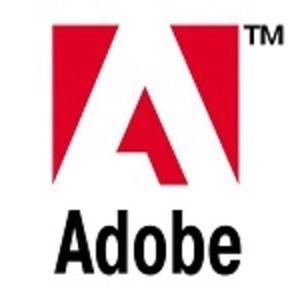One of the unambiguous messages we heard from Microsoft’s Build 2011 conference in Anaheim all last week was that development of HTML5 “Metro-style apps” for Windows 8 would be “plug-in free.” All requests for Microsoft to “clarify” that rule only underscored the blunt reality of the statement: HTML5 is about the absence of plug-ins, and thus, Metro will have an absence of plug-ins, including Microsoft’s own Silverlight.

In a company blog post dated last Thursday, Adobe platform business developer Danny Winokur said his company expects for apps installed in the Metro Start Screen to be capable of supporting Adobe’s AIR platform, one way or the other. His comments echoed an emergent theme from Adobe – a clever effort to rework the HTML5 “openness” theme in Flash’s favor. By being platform-agnostic, the argument goes, HTML5 should look the other way when any plug-in is being utilized.
“Adobe is about enabling content publishers and developers to deliver the richest experiences for their users, independent of technology, including HTML5 and Flash,” reads Winokur’s post. “We are working closely with Microsoft, Google, Apple and others in the HTML community to drive innovation in HTML5, to make it as rich as possible for delivering world-class content on the open Web and through App Stores.”
Winokur’s language was very selective, saying Flash “will come to Metro via Adobe AIR,” just as it has for Apple’s, Google’s, and RIM’s mobile platforms.
As we confirmed first-hand with the Windows 8 Developers’ Preview last week, applications installed via the Desktop in the conventional manner do appear as tiles on the Metro Start Screen, albeit at the very tail (rightmost) end. So there is nothing, at least as things stand at the moment, that should prevent a Flash- or Silverlight-based app from sharing that space. And as we saw demonstrated, a Silverlight app can be given certain graphical dressings to make it more “Metro-ish,” if you will.
But as we were told last week, there are technical reasons why plug-in-based apps will not run as Metro apps. Those reasons have to do with the use of Internet Explorer 10 components for rendering. As the Developers’ Preview is currently engineered (conceivably, the first beta could work differently), Metro apps do use the IE10 “Trident” rendering engine. However, they do not use the same instance of that engine as regular desktop apps, for reasons dealing with system security. This is why there ends up being two Web browsers: Apps being delivered through the Web must have tighter security restrictions. By definition, Metro apps are installed locally, and since they are certified – Microsoft promises – they can all be trusted.
Though the door has not yet officially been slammed shut and locked, the emerging rule appears to be that WinRT apps are, by definition, local. Although they utilize Web development tools and techniques such as CSS3 and JavaScript, they are not server/client apps.
Apps installed from the Windows 8 Desktop and launched from the Start Screen will run on the Desktop, just like conventional programs to date. Plug-in-based apps will typically run through the Desktop browser (which in Win8 is separate from the Metro browser), unless they’re enabled through a stand-alone platform such as Silverlight (which can run outside the browser) or Adobe AIR.
All of which leads to an important question: If Flash apps can run full-screen (they can), they can at least emulate a Metro-style appearance (there’s no obvious reason why they cannot), and they can be installed on the Start Screen menu, then is there any material difference between a Flash/AIR app and a Metro app that will matter to end users?
Microsoft has been contacted for an official response to Adobe’s position, and if it materially differs from its current stance, we’ll update this story when that response becomes available.










